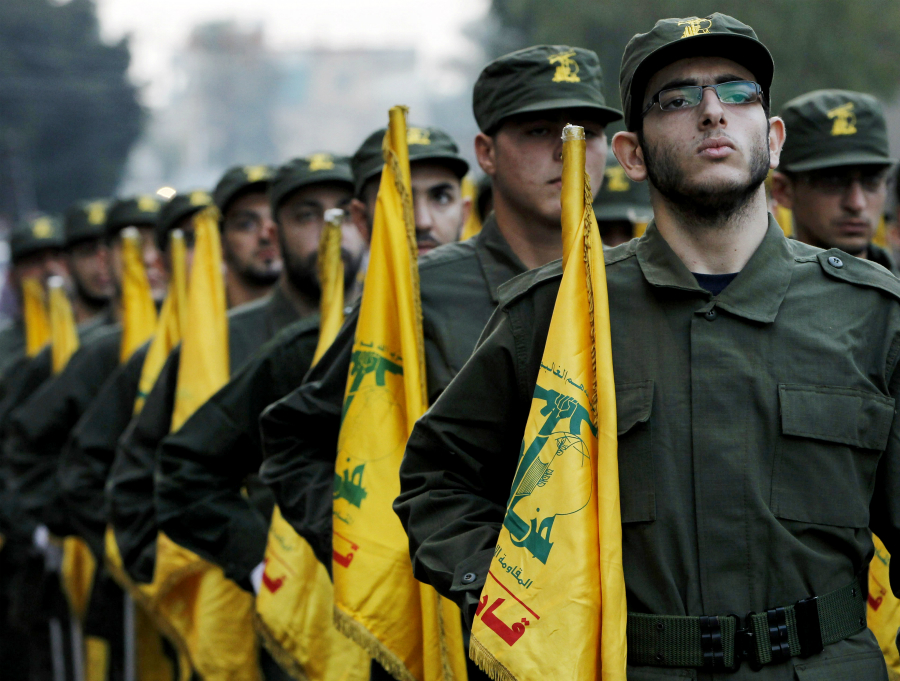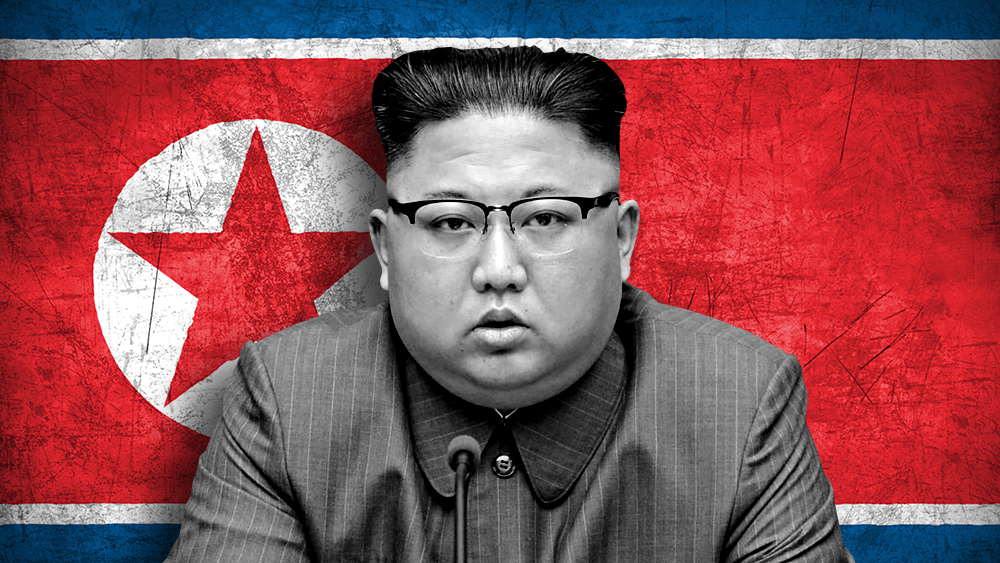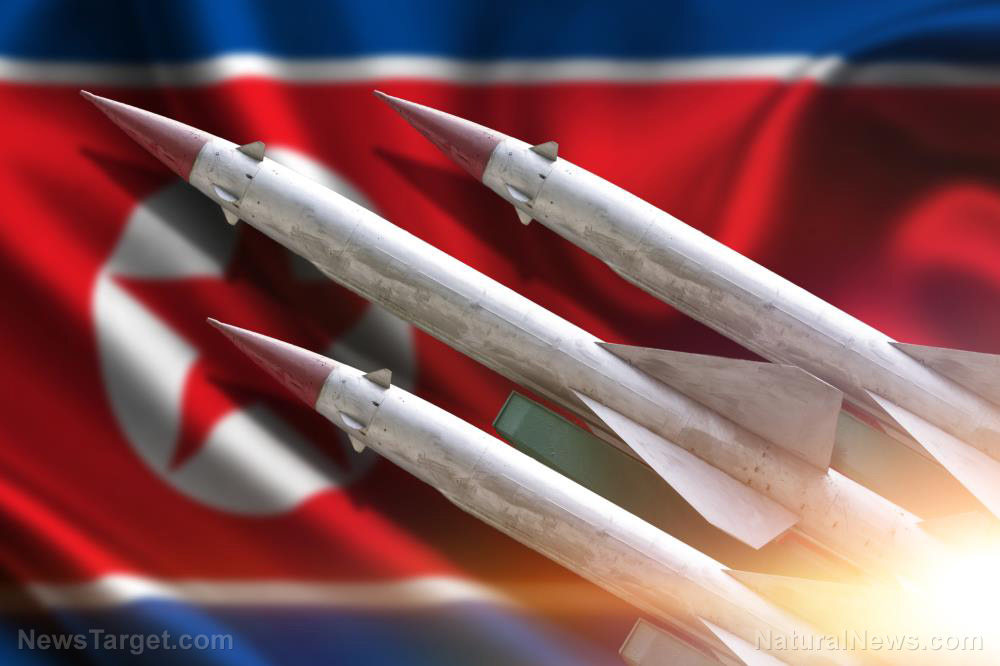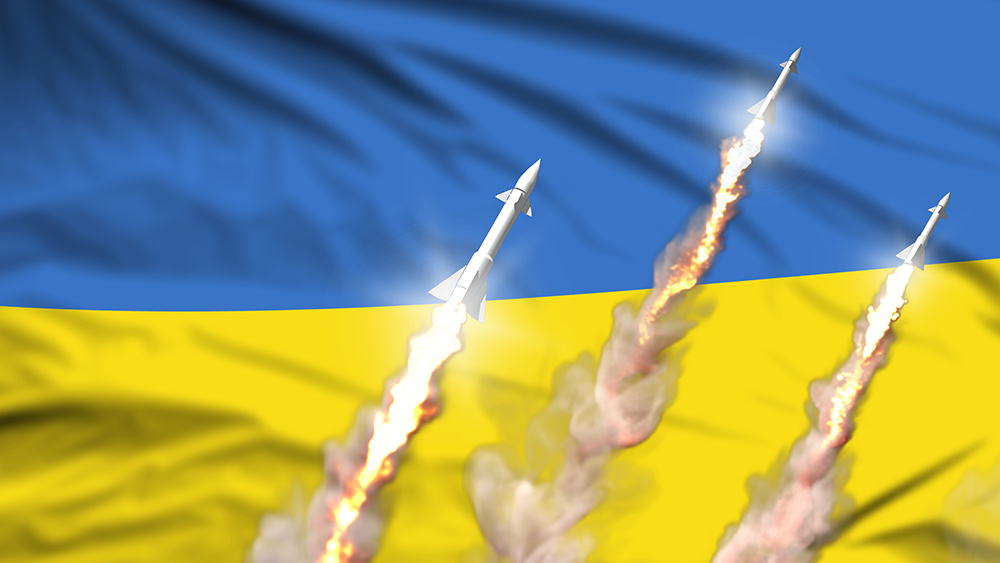CASHING IN: Orders at world’s top defense companies soar amid geopolitical conflicts
01/08/2024 / By Belle Carter

A recent analysis from the Financial Times (FT) found that the world’s top defense companies have been receiving high orders of military supplies – from tanks to fighter jets to missiles – because of developing and ongoing conflicts in Europe and the Middle East.
According to 15 defense groups, including the largest U.S. contractors as well as United Kingdom’s BAE Systems and South Korea’s Hanwha Aerospace, the combined order backlogs were $777.6 billion, up from $701.2 billion two years earlier, or about a 10 percent increase. This is by the end of 2022, which is the latest for which full-year data is available. It continued into 2023 and in the first half of the year, when the backlogs stood at $764 billion driven by surging war risk in Ukraine and the South China Sea, governments felt forced to continue placing orders. “The explosion of a possible regional conflict in the Middle East will likely result in surging orders in 2024,” FT included in the article.

Per the provided graph, reported currencies other than U.S. dollars are converted using rates on Dec. 15. RTX and L3Harris figures are included from 2020 and 2019, respectively, due to mergers. Thales figures include civil businesses in avionics and space and exclude disposed transport business from 2021. Rheinmetall figures from 2021 include orders and other agreements. Hanwha figures are for land forces. Airbus does not disclose H1 backlogs.
Also, according to the Stockholm International Peace Research Institute, total global military spending increased 3.7 percent in real terms in 2022 to a new record high of $2.24 trillion. Moreover, Hanwha recorded the biggest rise in new orders based on the FT analysis, with its backlog soaring from $2.4 billion in 2020 to $15.2 billion at the end of 2022. The said firm, which makes the K-9 self-propelled howitzer tank, has benefited significantly from Ukraine-related orders, in particular from Poland.
Defense stocks have soared as war risk surges. Morgan Stanley Capital International’s (MSCI’s) global defense benchmark is up 14 percent on the year and breaking out to new highs.
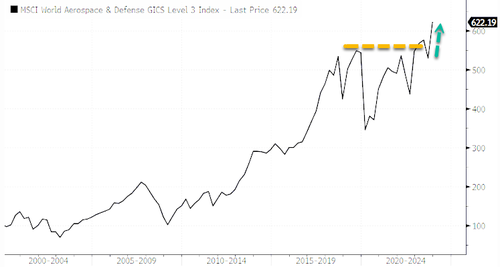
“The reality is lead times for policymaking, budgets and placing orders are so long that the invasion of almost two years ago is only just appearing in orders and barely in revenues, except for a few shorter-cycle specialists such as Rheinmetall,” analyst at Agency Partners Nick Cunningham said.
Biden announces last authorized military package to Ukraine
Amid the soaring orders as the conflict drags on, Ukraine continues to press for more funding from Western allies and the U.S. is by far the largest contributor of arms, based on the following information by the Kiel Institute through the end of October.
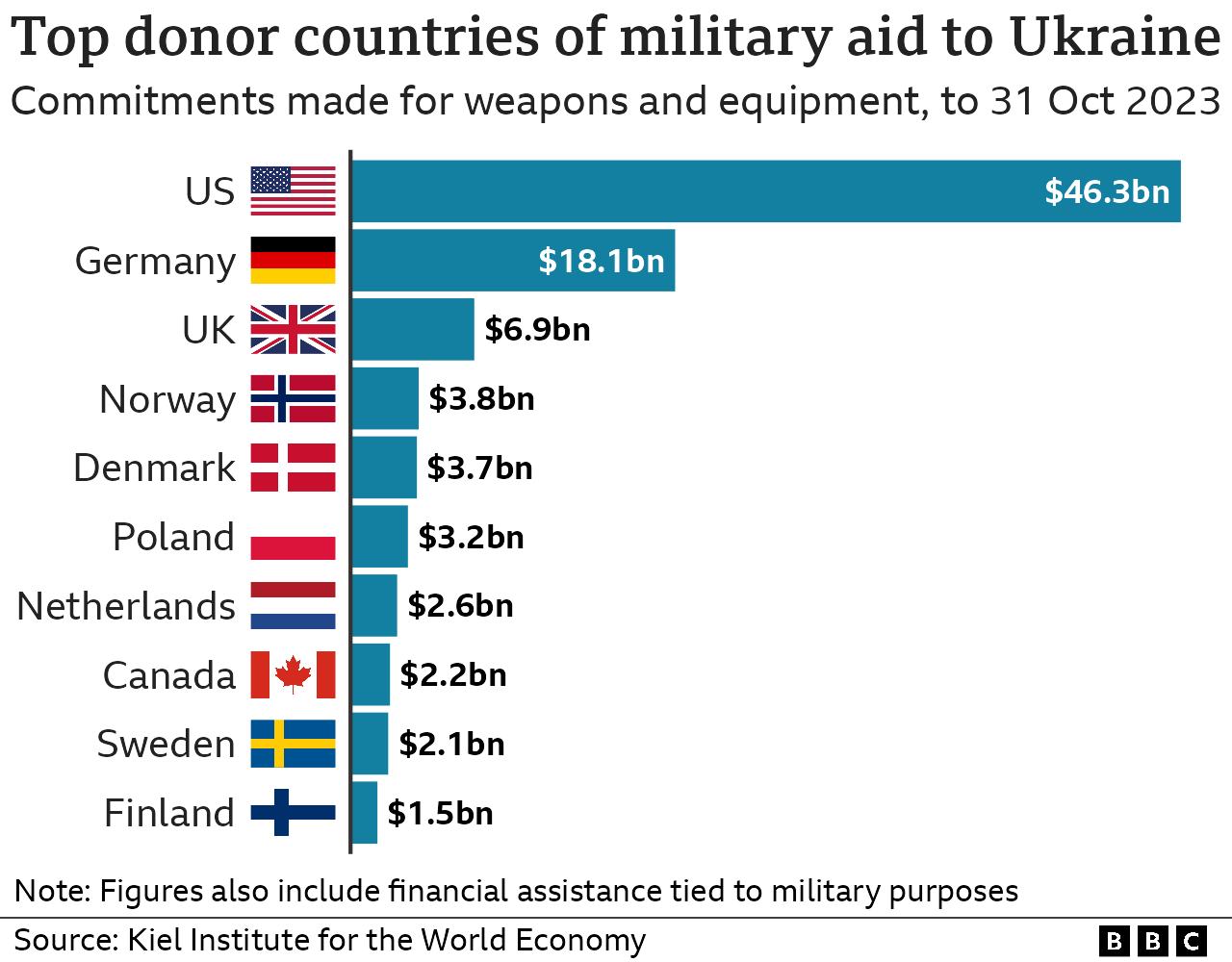
However, President Joe Biden’s administration announced before the year ended the final drawdown of weapons and military equipment from the country’s stockpiles under the existing presidential authorization. The $250 million package includes air defense munitions, additional ammunition for High-Mobility Artillery Rocket Systems (HIMARS), 155 mm and 105 mm artillery ammunition, and anti-armor munitions, Secretary of State Antony Blinken said. “Our assistance has been critical to supporting our Ukrainian partners as they defend their country and their freedom against Russia’s aggression,” Blinken said. The arms and equipment were being provided under previously directed drawdowns for Ukraine. (Related: Executive branch warns U.S. is OUT OF MONEY, almost out of time to help Ukraine.)
National Security Council spokesman John Kirby also stated last week that Biden was planning one more military aid package in December, but that assistance after that would require an agreement in Congress, where the prospects for a deal are uncertain. “When that one’s done … we will have no more replenishment authority available to us, and we’re going to need Congress to act without delay,” Kirby said on December 18. So, Blinken urged Congress to act swiftly on new aid for Ukraine, “to advance our national security interests by helping Ukraine defend itself and secure its future.”
Meanwhile, the European Union will miss its target of supplying Ukraine with 1m artillery shells by March 2024, according to the German defense minister. Also, a €50 billion EU aid package was blocked by Hungary. Poland also said in September that it would stop supplying Ukraine with weapons in a dispute about the country’s grain exports.
Visit MilitaryTech.news for more related stories.
Sources for this article include:
Submit a correction >>
Tagged Under:
big government, chaos, conflict, defense spending, Eastern Europe, HIMARS, Joe Biden, Middle East, military aid, military technology, national security, panic, self-defense, South China Sea, weapons technology, White House, World War III
This article may contain statements that reflect the opinion of the author
RECENT NEWS & ARTICLES
COPYRIGHT © 2018 MILITARYTECHNOLOGY.NEWS
All content posted on this site is protected under Free Speech. MilitaryTechnology.news is not responsible for content written by contributing authors. The information on this site is provided for educational and entertainment purposes only. It is not intended as a substitute for professional advice of any kind. MilitaryTechnology.news assumes no responsibility for the use or misuse of this material. All trademarks, registered trademarks and service marks mentioned on this site are the property of their respective owners.

